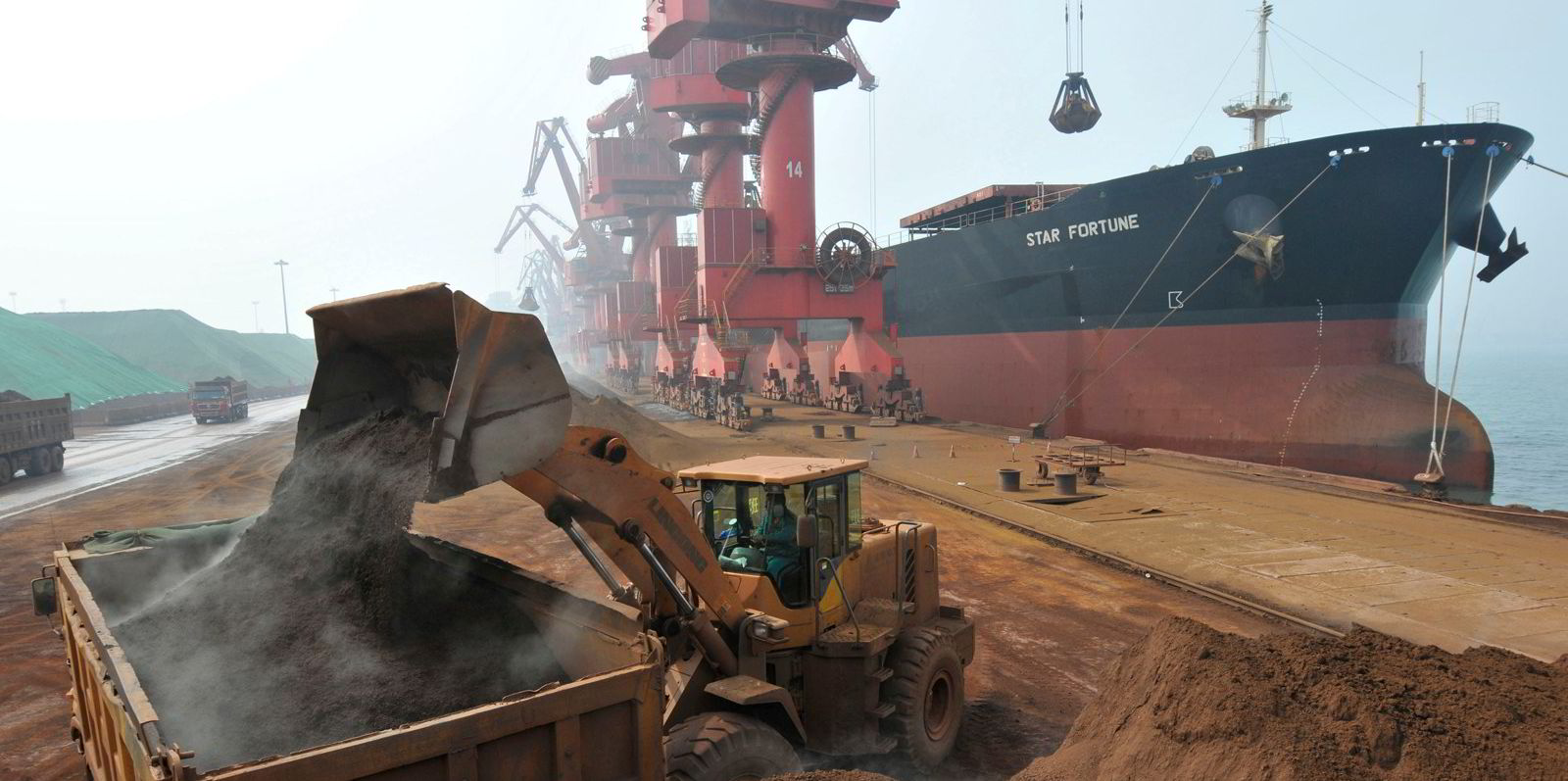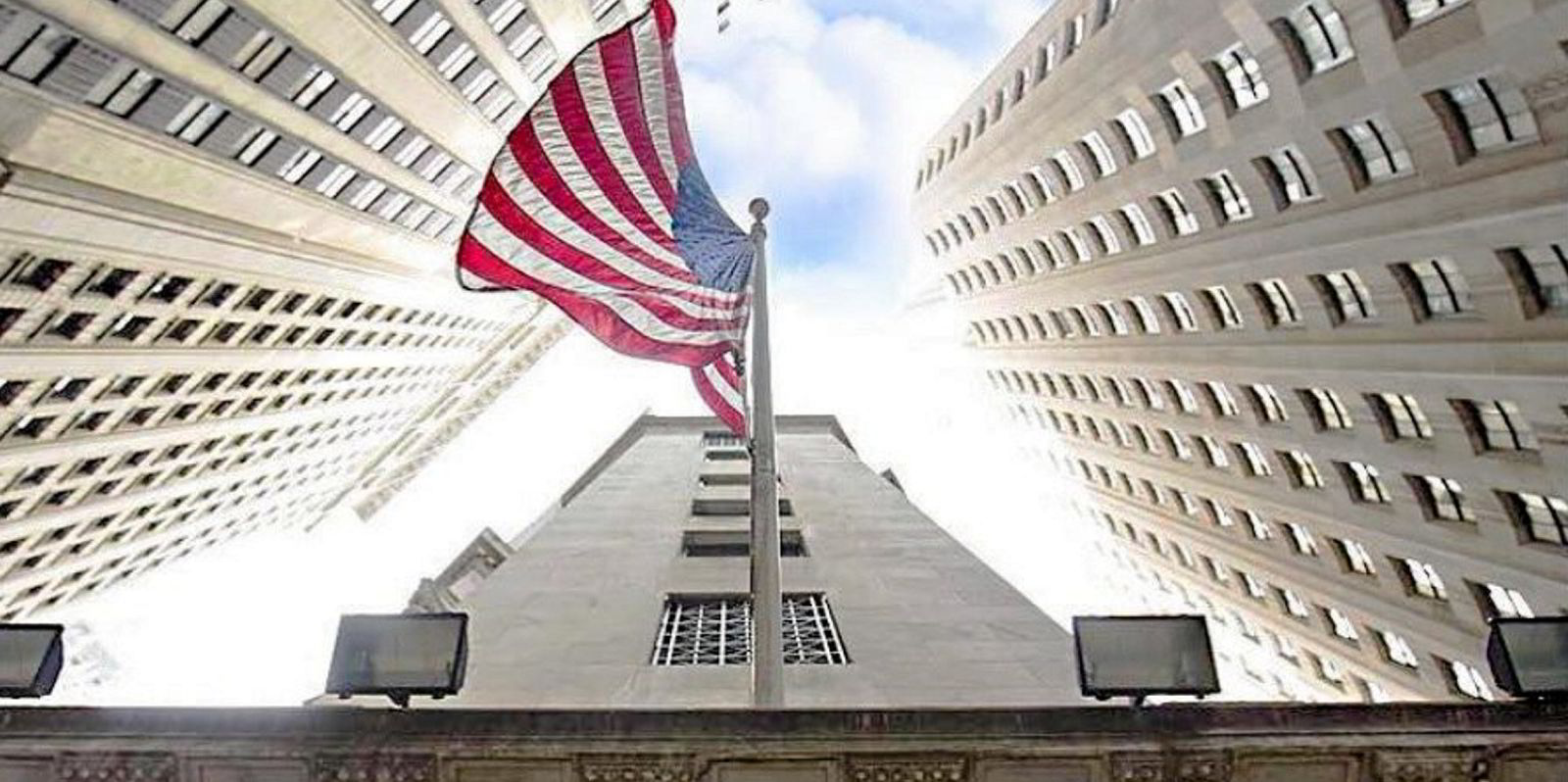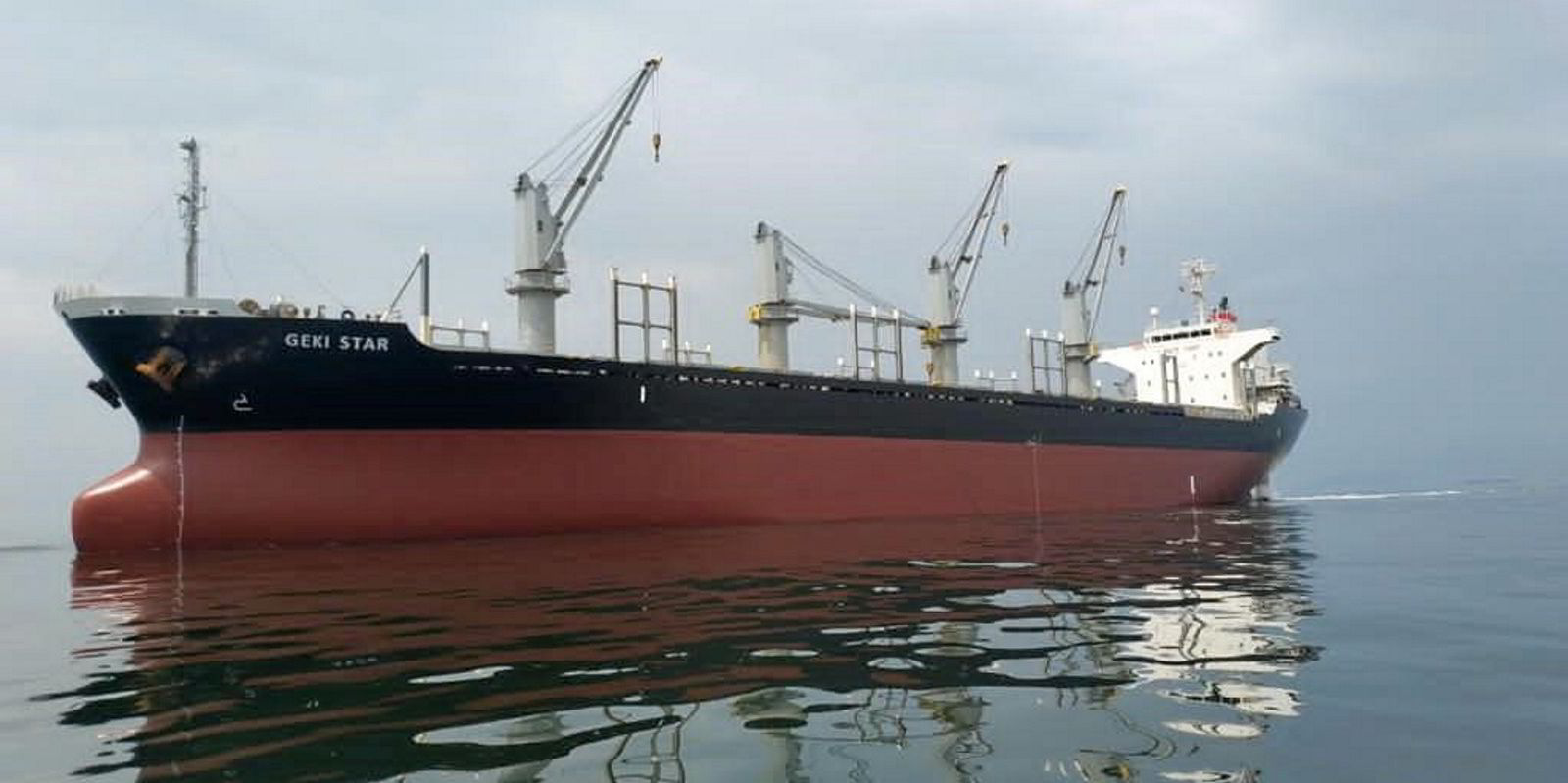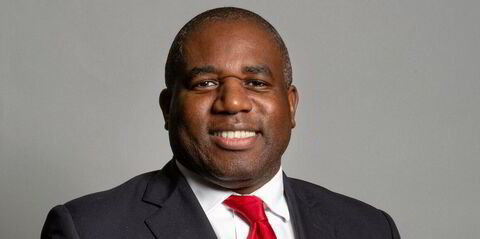Covid-19 and decarbonisation are driving a global industrial shake-up that is sending parts of the dry bulk shipping market into overdrive.
This is what Nicholas Snowden, head of bulk metals and bulk research at Goldman Sachs, calls the “revenge of the old economy”.
He is referring to the way investment has been sucked into Big Data in recent years and away from oil companies, miners and commodities.
Snowden estimates capital expenditure in this section of the old economy has slumped to a third of levels a decade ago, leaving supplies of iron ore and other key minerals short just as demand accelerates.
Build in pent-up Covid lockdown demand, add in a new drive to reduce carbon emissions and we have what?
Well, at least a commodity boom, but in Goldman Sachs’ book the beginning of that long-fabled “supercycle” of sustained price increases.
On Thursday, after this piece was written, analysts expected to see mining giant Rio Tinto report half-year profits of $2.2bn.
That would be the same amount of earnings made in the whole of 2020 and its biggest-ever six-monthly financial result.
Leading trading group Trafigura has already produced a first-half (to the end of March) net profit of $2bn. That is nearly as much as it has ever made in a year, while the Bloomberg Commodity Spot Index at 490 points is not far off the peaks seen in 2007/2008 at the height of the pre-financial crash boom.
Brent crude oil is back at $75 per barrel compared with $37 per barrel nine months ago.
Coal prices are close to 13-year highs, copper hit record levels in May at $10,747.50 per tonne and US steel values have tripled.
This is not good for customers of course. Surging commodity prices are fuelling inflation as we saw with Korea Shipbuilding & Offshore Engineering Co reporting a financial loss for the second quarter.
The holding company for Hyundai Heavy Industries and two other yards blamed the soaring price of steel plate for its woes.
Rich pickings
The post-Covid commodity demand bounceback, lingering port congestion plus huge public spending sprees and restrained ship ordering have produced rich pickings for the dry bulk shipping sector.
The Baltic Dry Index is close to an 11-year high, propelling forward asset prices and share values of quoted bulker operators.
Even companies that have steered clear of bulk shipping for many decades, have been snapping up handysize tonnage
The strong grain trade has helped breathe new life into the panamax and supramax trades, although a heavily-tonnaged capesize sector remains more subdued.
The real star performer is the Baltic Exchange Handysize Index, which reached 1,736 points on 23 July, the highest level since September 2008.
This smaller class of vessel is now in big demand due to their low running costs and greater flexibility.
As my colleague Harry Papachristou has noted, Greek shipowners have been stocking up on these in the secondhand market.
And even companies that have steered clear of bulk shipping for many decades, such as leading container operator Costamare, have been snapping up handysize tonnage.
These previously unfashionable vessels are also benefiting from another post-pandemic trend: regional production.
There is evidence that US and other Western manufacturers have been shaken by the fragility of their global supply chains.
Production is being moved closer to home and diversified away from a dependence on one country, often China where labour costs have been rising strongly in recent years.
Investment funds
No surprise then to see Taylor Maritime Investments (TMI) raising another $75m last week — to buy six more handysize bulkers.
The company launched a successful initial public offering in May on the London market, a location out of fashion itself for shipowners in recent times.
It was less surprise to find two of the world’s big investment funds, Fidelity and M&G, buying substantial shares in TMI. They are clearly anxious to take a stake in the wider commodity comeback via shipping.
Meanwhile, decarbonisation is helping to drive a mineral boom even as demand continues for heavily polluting coal.
My colleague Jonathan Boonzaier reported from the Singapore Iron Ore Forum, that some $16trn-worth of spending could be needed for green infrastructure in future.
Whether part of a supercycle or not, Cleaves Securities is among those predicting the dry shipping bulk boom still has a good way to run.
Handy for some.







